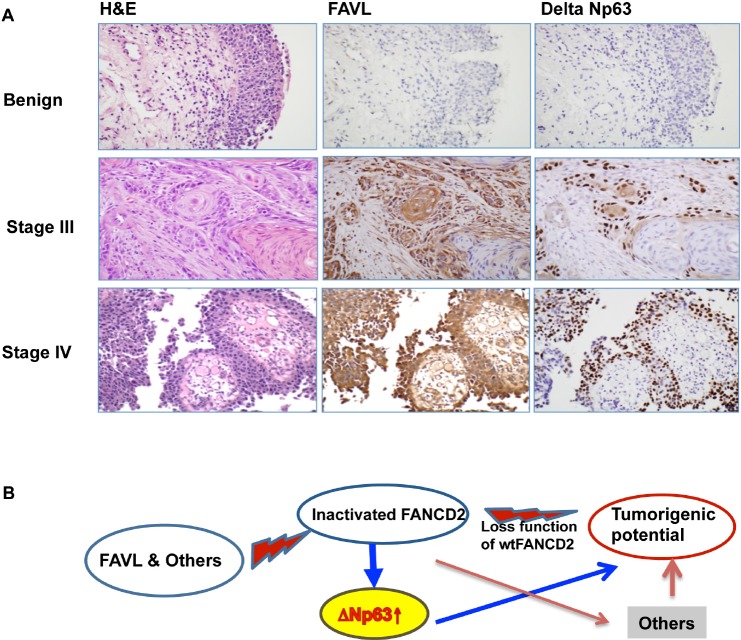Figure 7. ΔNp63 can mediate tumorigenecity of an impaired FA pathway/an inactivated FANCD2.
(A) FAVL expression positively correlates with ΔNp63 expression in vivo. A total of 25 human bladder cancer samples were used to detect the levels of FAVL and ΔNp63 protein expression in situ via immunohistochemistry (the staining intensity was summarized in Supplementary Table 1). Three sets of representative images are shown to indicate the in situ association accompanying specific tumor stages, determined by H&E staining (All used slides for each individual case were made from consecutive tissue slides, which reserve the same tissue landscape). (B) A proposed working model. FAVL and others can inactivate FANCD2 and lead to an impaired status of the FA pathway, which in turn promotes tumorigenesis. Inactivated FANCD2 not only loses the function that an activated FANCD2 performs but also gains new functions including upregulating ΔNp63, together contributing to the development of both FA and non-FA human cancers.

